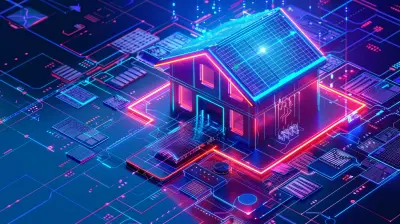Supercapacitors vs Batteries: Competing or Complementary?
16 August 2025
When we talk about powering our electronics, electric vehicles, or even future energy grids, two technologies tend to dominate the conversation — batteries and supercapacitors. While they both store energy, they do it in very different ways. And that leads to the big question: are they rivals in the energy world, or can they actually work together?
Let’s dive into the nitty-gritty of supercapacitors vs. batteries, not just in a technical sense, but in a way that makes sense even if you’ve never touched a voltmeter.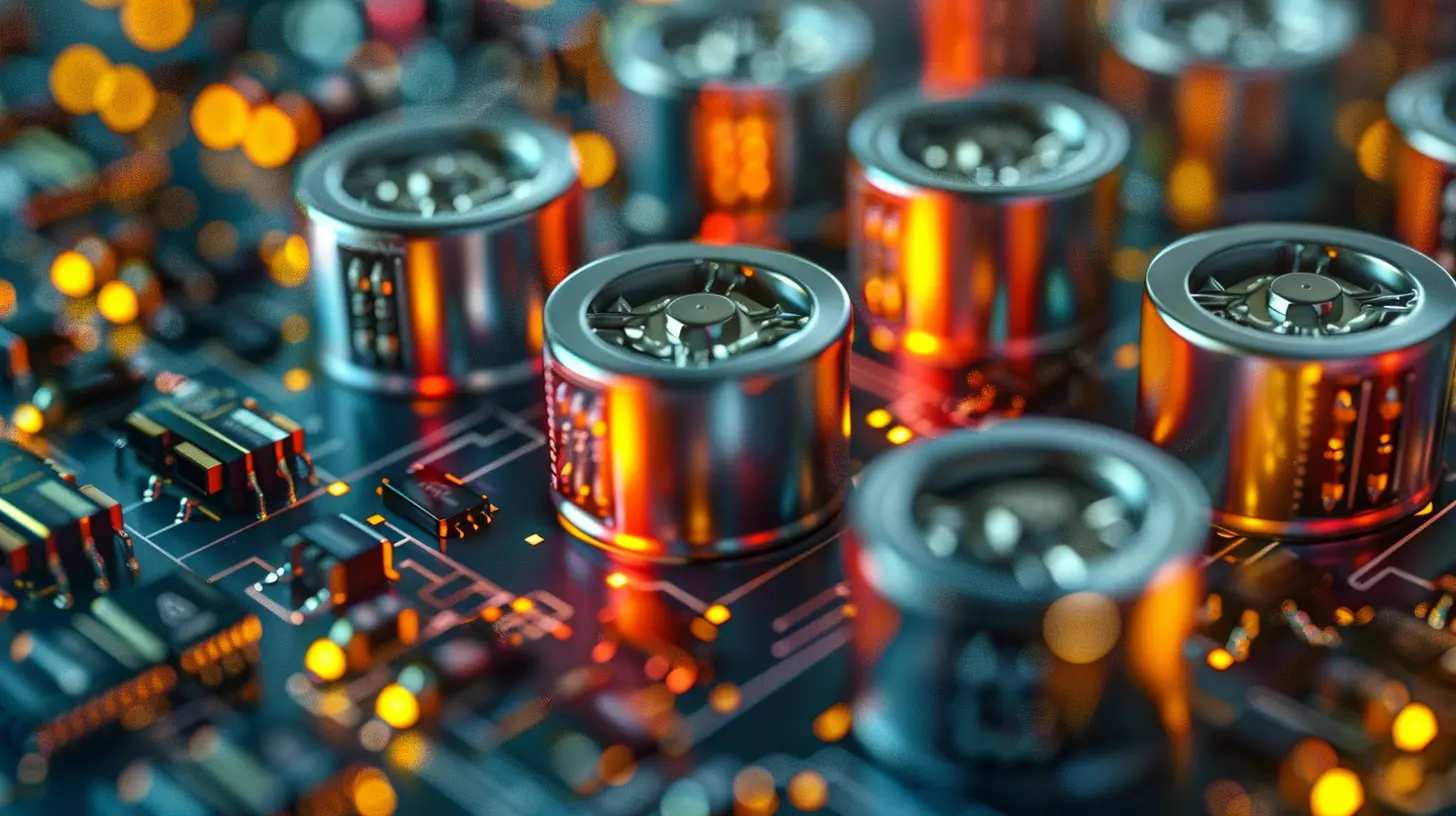
What Are Batteries?
Batteries are everywhere — in our phones, laptops, cars, and remote controls. But underneath the plastic casing lies some pretty cool chemistry.How Do Batteries Work?
In the simplest terms, batteries store energy chemically. When a battery is in use (discharging), it converts chemical energy into electrical energy. And when you plug it in (charging), it converts electrical energy back into chemical form. This back-and-forth transformation is what allows rechargeable batteries to do their job.There are different types of batteries — lithium-ion, nickel-metal hydride, lead-acid, and so on. Each has its strengths and weaknesses, but lithium-ion is the superstar of the modern era, especially in EVs and smartphones.
Key Features of Batteries
- High energy density: They can store a lot of energy in a relatively small package.- Longer discharge time: Great for powering devices over hours.
- Steady output: Perfect for electronics and vehicles.
But they’re not perfect — batteries degrade over time, take longer to charge, and can be sensitive to temperature extremes.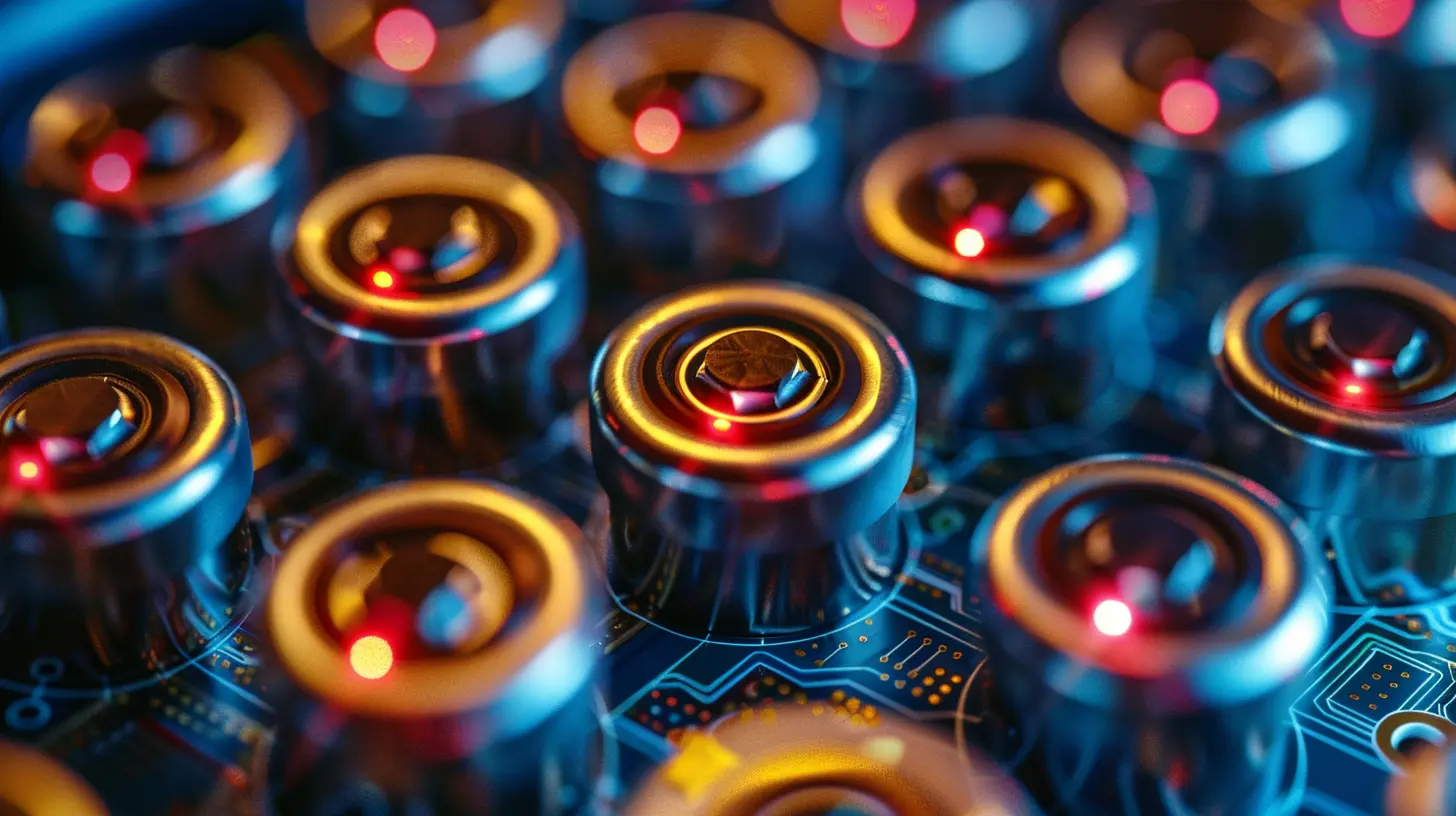
What Are Supercapacitors?
Now, supercapacitors (also called ultracapacitors) — they’re the sprinters of the energy world. They're like lightning in a bottle, providing quick bursts of power when needed.How Do Supercapacitors Work?
Instead of storing energy chemically, supercapacitors do it physically. They use electrostatic fields to store and release energy almost instantly. Think of them as a balloon — you can inflate and deflate them rapidly without much wear and tear.While that might sound like a drawback, it actually gives them some neat advantages.
Key Features of Supercapacitors
- Incredibly fast charging and discharging: We’re talking seconds instead of hours.- Long cycle life: They can handle millions of charge/discharge cycles without degrading.
- High power density: Perfect for short, intense energy needs.
- Low maintenance: No chemical reactions mean less aging.
That said, they don’t hold as much energy as batteries, which limits how long they can power something.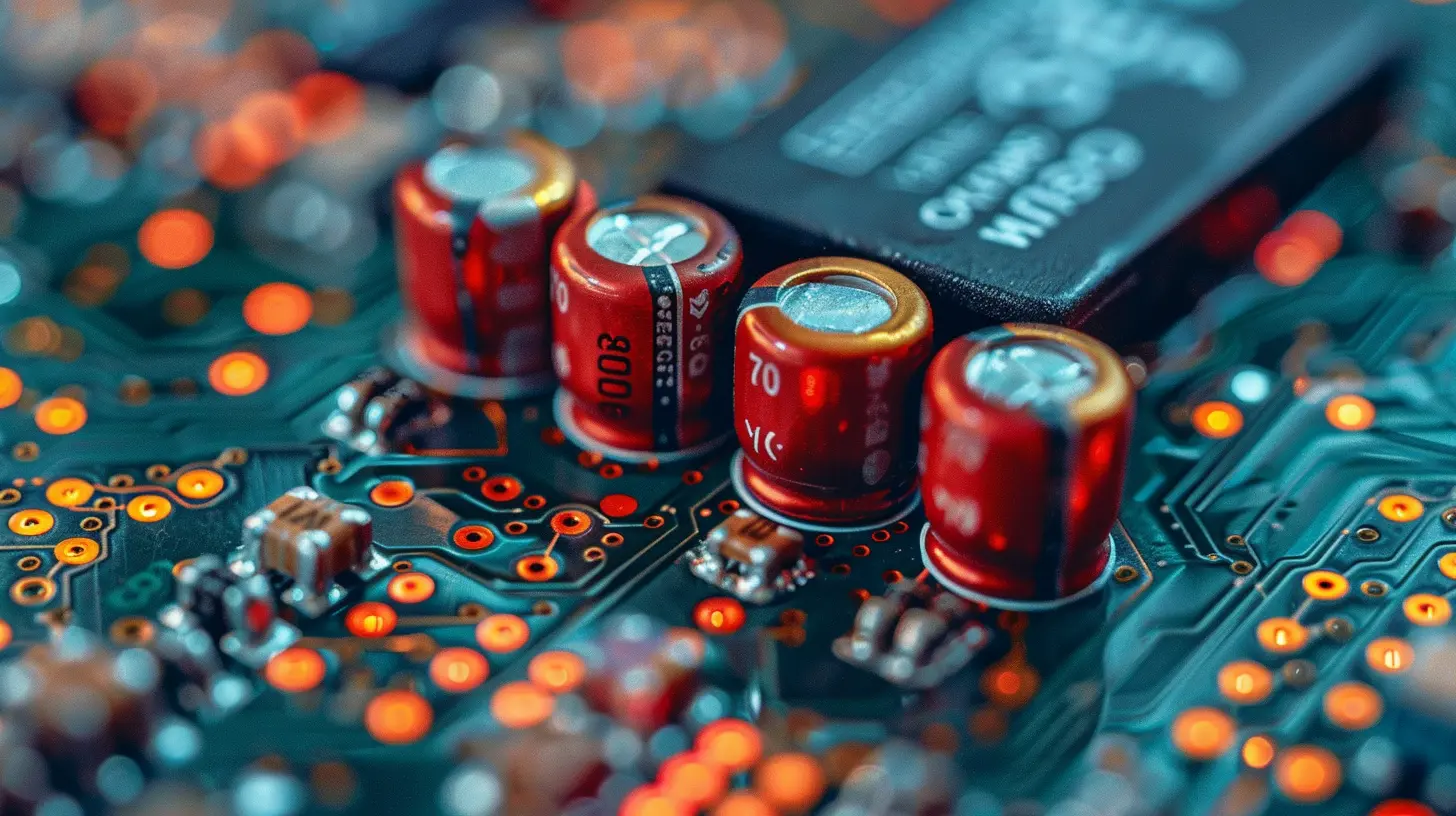
The Core Differences: A Quick Breakdown
| Feature | Batteries | Supercapacitors ||--------------------------|------------------------------|-----------------------------|
| Energy Storage Method | Chemical | Electrostatic |
| Energy Density | High | Low |
| Power Density | Medium | Very High |
| Charge Time | Minutes to Hours | Seconds |
| Lifespan (Charge Cycles) | 500–2000 (Li-ion) | 1,000,000+ |
| Cost per Wh | Lower | Higher |
| Best Use Case | Long-term energy supply | Quick bursts of power |
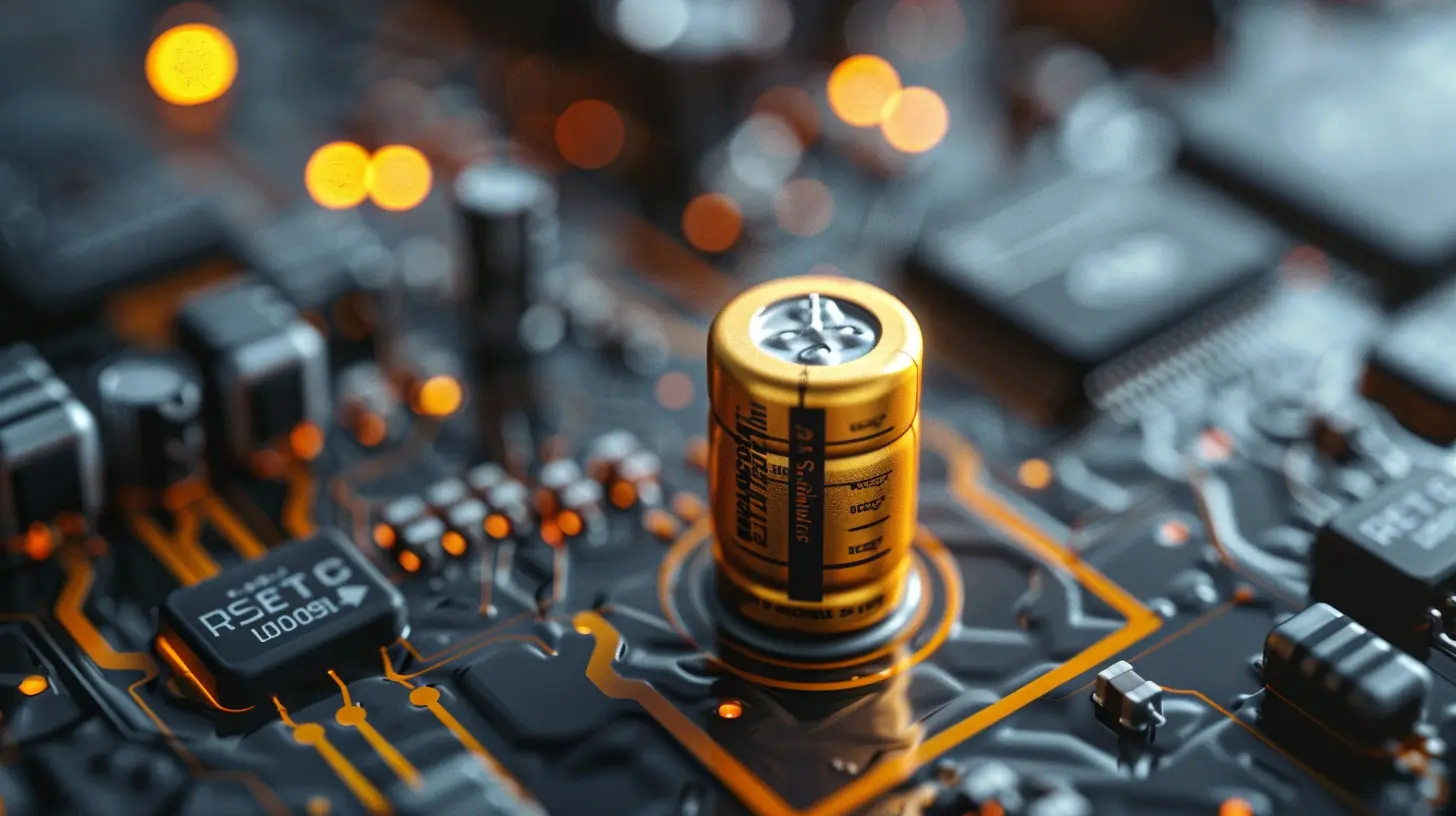
When Supercapacitors Make Sense
Alright, so if they can’t store energy for long periods, why even mess with supercapacitors? Actually, they shine in a bunch of scenarios.Regenerative Braking in Electric Vehicles
One killer use case? Electric vehicles. During braking, EVs generate excess kinetic energy. Supercapacitors can grab that energy instantly and store it for later acceleration. Batteries just can’t be that quick.Backup Power Systems
In data centers or critical systems, the milliseconds between a power outage and generator startup can matter. Supercapacitors can fill that gap effortlessly.Consumer Electronics
In some gadgets, like digital cameras or portable tools, that extra burst of power — say, to spin up a high-speed motor — can come from a supercapacitor.Limitations of Each Tech
Let’s face it: both batteries and supercapacitors have flaws.Battery Weaknesses
- Slower charging- Limited lifespan
- Can overheat
- Environmental concerns with disposal
Supercapacitor Weaknesses
- Lower energy density- Higher cost per unit of energy
- Lack of standardization
So, there's no silver bullet.
Are They Competing or Complementary?
Here’s where it gets interesting.At first glance, it might seem like supercapacitors are battling batteries for the spotlight. But in reality, they’re more like a dynamic duo than dueling gladiators.
Think of it like this: batteries are marathon runners; supercapacitors are sprinters. Put them together, and you get a team that can go the distance and pick up speed when needed.
The Hybrid Approach
Some companies are already combining both technologies. Hybrid systems allow supercapacitors to handle peak loads or sudden energy demands, while batteries take care of long-term energy supply.This setup reduces wear and tear on batteries (extending their life) and lets systems respond quickly to spikes in power demand. It’s a win-win.
Real-World Applications of Hybrids
- Electric buses: In cities like Shanghai and Paris, buses use both supercapacitors and batteries. The supercapacitors handle the stop-and-go demands of city driving.- Grid storage: In renewable energy systems, supercapacitors smooth out energy flow from solar or wind, while batteries store the main energy chunk.
- Wearable tech: Some smartwatches and fitness bands use supercapacitors for display lighting or vibrations while batteries handle longer functions.
Where Is The Tech Going?
Supercapacitors are developing fast. New materials like graphene are pushing the boundaries of what’s possible, allowing them to store more energy than before. Meanwhile, battery technology is also on the move — with solid-state batteries and other innovations aiming for faster charge times and better safety.That means this “competition” will likely evolve — maybe even blur the lines.
Imagine a future where your EV charges in under a minute thanks to a battery-supercapacitor hybrid. Or where your phone never needs replacing due to battery degradation.
That’s not science fiction. It’s just not mainstream — yet.
Choosing Between the Two: What Should You Use?
Well, it really depends on your needs:- Want long-term power storage for an electric car or a laptop? Go for batteries.
- Need short bursts of power or super-fast charging? Supercapacitors are your friend.
- Want the best of both worlds? A hybrid system might be the way to go.
It’s not about picking a side; it’s about choosing the right tool for the job.
Final Thoughts: Not Enemies, But Allies
So… supercapacitors vs batteries — competing or complementary? The answer is clear by now: they complement each other beautifully.Technology isn't a zero-sum game. Just like a hammer and a drill have different (but often overlapping) purposes in a toolbox, batteries and supercapacitors serve unique roles in the world of energy storage.
As devices become smarter, cars go electric, and renewable energy takes over, there’s more than enough room — and need — for both.
We don’t have to pick a winner. Instead, let’s look at how they can work together to make our tech faster, cleaner, and more reliable than ever.
all images in this post were generated using AI tools
Category:
Battery TechnologyAuthor:

Vincent Hubbard
Discussion
rate this article
1 comments
Kai Pace
Both have unique advantages!
September 3, 2025 at 4:33 AM

Vincent Hubbard
Absolutely! Both supercapacitors and batteries offer distinct benefits that can complement each other in various applications.

